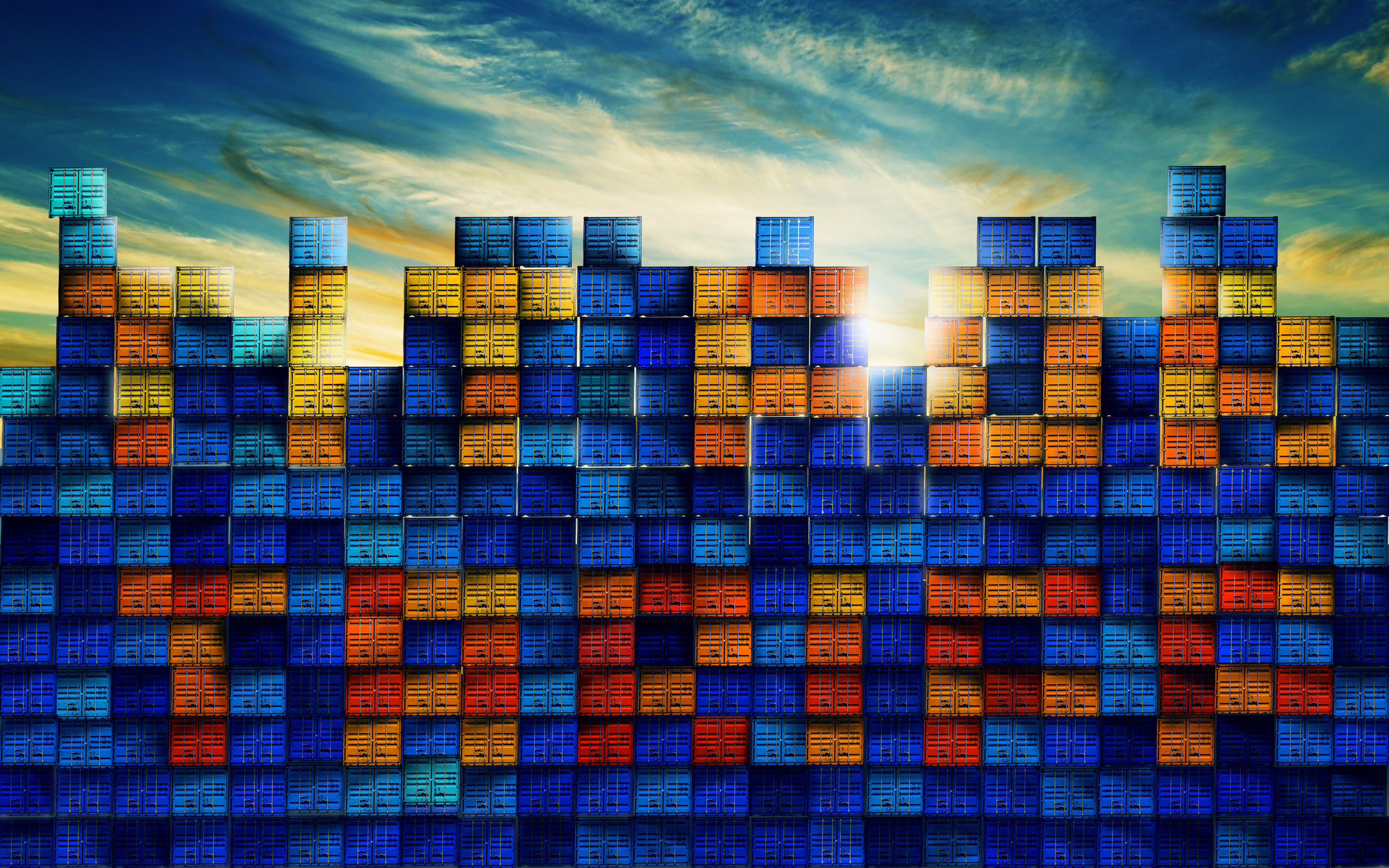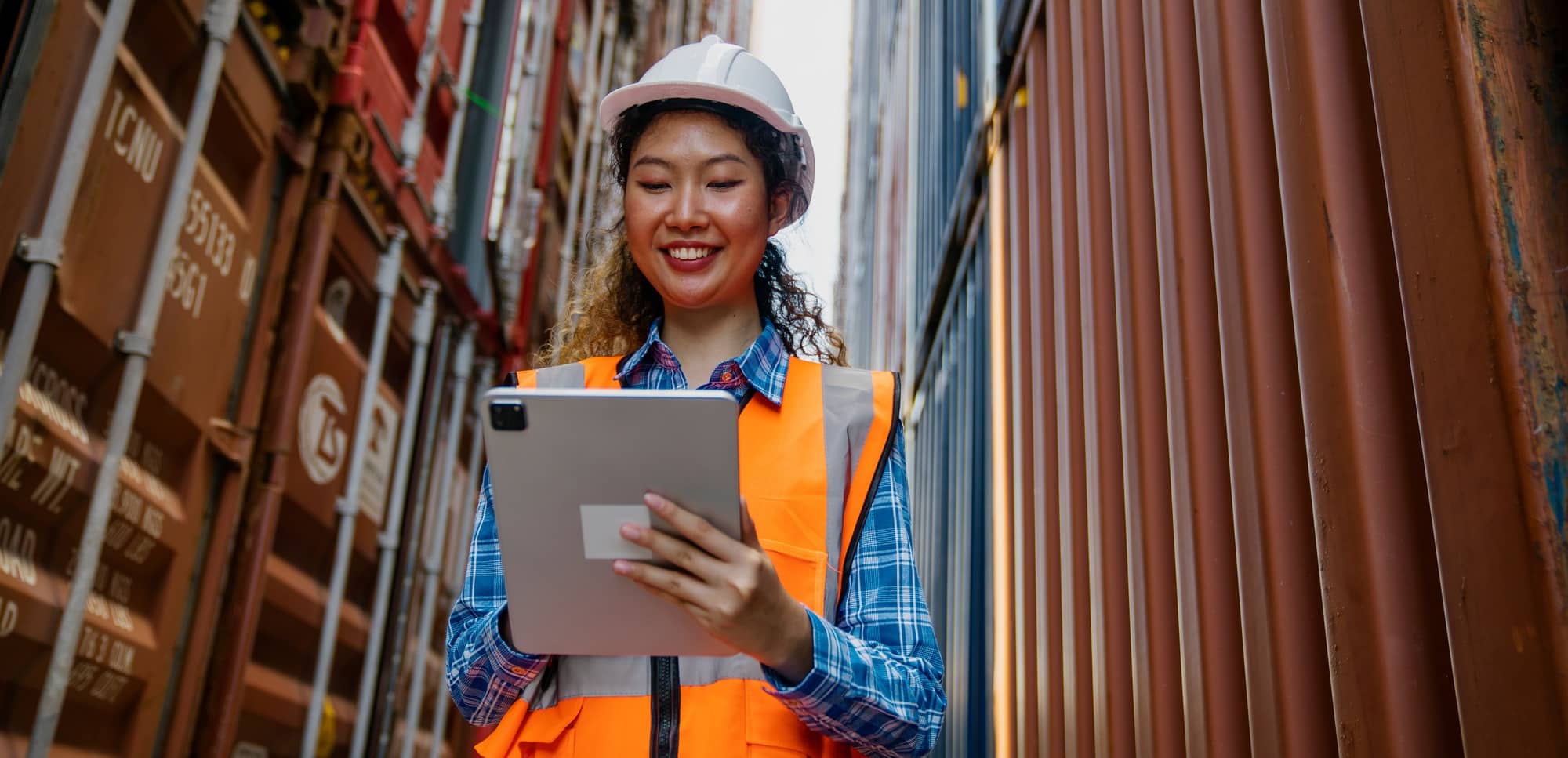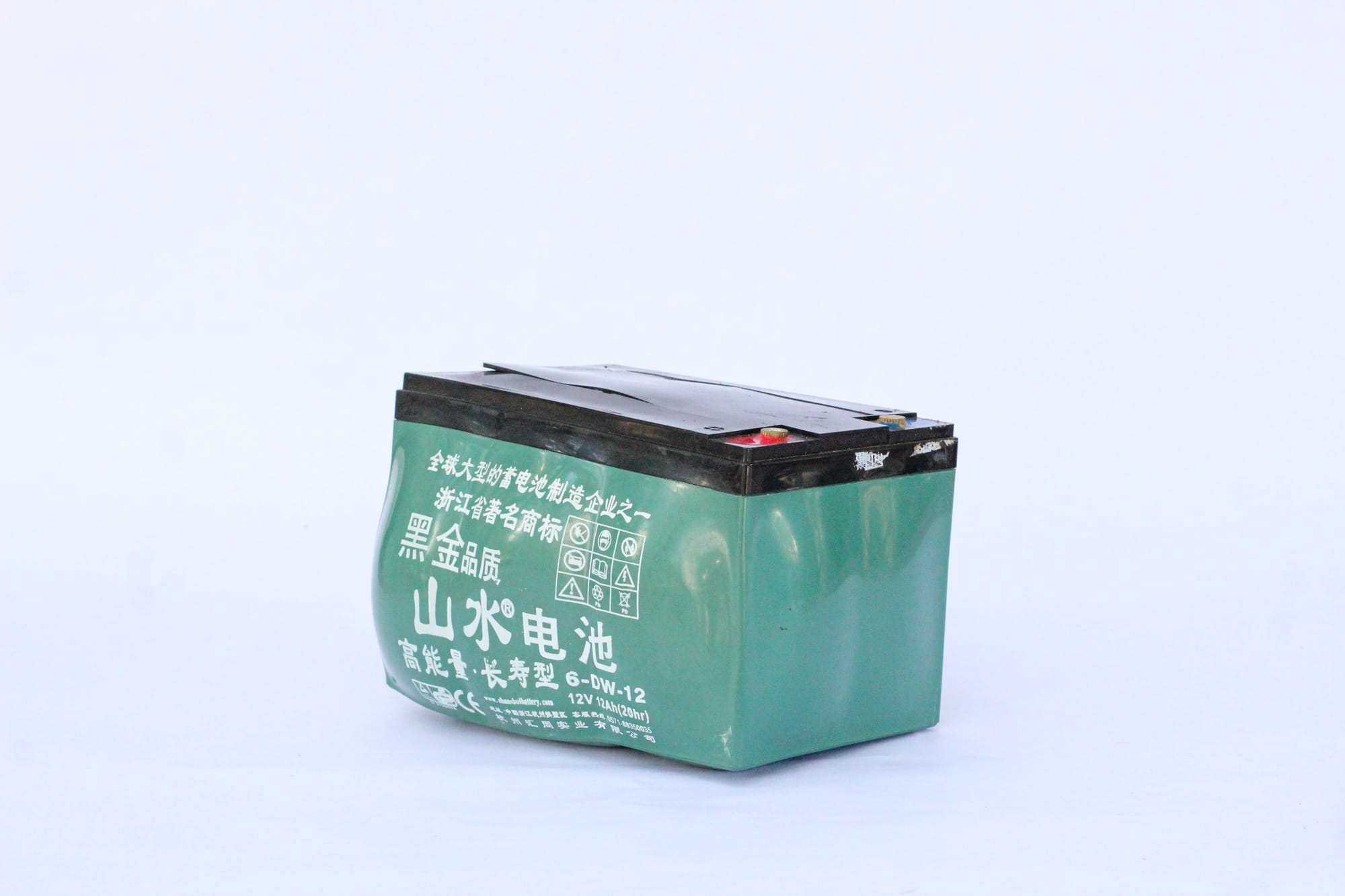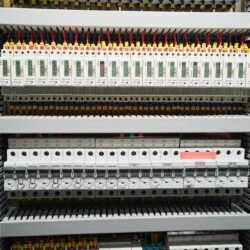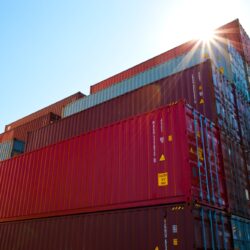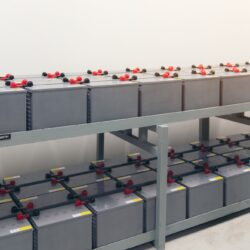Introduction
Tariffs, taxes imposed by governments on imported goods, have been a common tool in international trade to protect domestic industries. In recent years, tariffs have been a hot topic, affecting various industries worldwide, including the battery market. With the increasing importance of batteries in diverse applications—from automotive to consumer electronics—businesses and consumers alike are concerned about how tariffs might impact the cost and availability of these essential products. In this article, we will explore how tariffs could affect the battery market and how companies like Tiger Battery are mitigating these risks through diversified production.
The Impact of Tariffs on the Battery Market
Tariffs can have a significant impact on the battery market by increasing the cost of raw materials and finished products. When tariffs are imposed on battery components or complete battery packs, manufacturers may face higher costs, which can be passed on to consumers in the form of price increases. Additionally, tariffs can disrupt supply chains, delay product launches, and affect competitiveness in the global market.
For example, tariffs on lithium-ion batteries—commonly used in electric vehicles (EVs), smartphones, and laptops—can lead to higher prices for these devices, reducing consumer demand and affecting the broader adoption of green technologies. The production of advanced batteries requires a wide range of raw materials, including lithium, cobalt, and nickel, whose prices can be volatile due to tariffs and trade restrictions.
How Tiger Battery is Mitigating Tariff Risks
Tiger Battery, a leading provider of high-quality battery solutions, understands the complexities of the global battery market and the impact of tariffs. To mitigate these risks, Tiger Battery has strategically diversified its production footprint across multiple regions. This diversification strategy helps to reduce dependence on any single market and allows for more flexible supply chains.
By operating in multiple countries, Tiger Battery can source raw materials from different regions, each with its own trade agreements and tariff policies. This approach not only protects against price volatility but also ensures a stable supply of components, even in challenging economic environments. Moreover, Tiger Battery’s global production facilities are strategically located in areas with favorable trade agreements, enabling the company to navigate tariff barriers more effectively.
The Future of Tariffs and Battery Production
As trade policies continue to evolve, tariffs will remain a significant factor influencing the battery industry. Governments worldwide are focusing on reshaping their trade relationships to support domestic industries and technologies. Companies like Tiger Battery must remain agile and proactive, continuously assessing and adjusting their supply chains to minimize the impact of tariffs on production costs.
Looking ahead, it is crucial for battery manufacturers to explore alternative materials, innovative technologies, and new trade routes to mitigate the effects of tariffs. This will not only help maintain competitive pricing but also support the growth of green energy solutions and the expansion of the electric vehicle market.
Conclusion
Tariffs can affect the battery market in numerous ways, from increasing production costs to disrupting supply chains. However, companies like Tiger Battery, with a diversified production footprint, are well-positioned to mitigate these risks. By leveraging global production capabilities and sourcing raw materials from various regions, Tiger Battery can maintain stable costs and ensure a reliable supply of batteries to meet market demand. As the battery market continues to evolve, businesses will need to stay vigilant and adapt to changes in trade policies to thrive in a globalized economy.
This article provides an overview of how tariffs can impact the battery market and how companies like Tiger Battery are proactively managing these risks through diversification. This approach not only helps in stabilizing costs but also ensures that consumers have access to high-quality battery solutions in a fluctuating global market.

